Desi gourd (Cucurbita pepo), also known as Indian gourd, is an important crop grown in various regions of India and other parts of South Asia. This crop is highly valued for its versatility, used both as a vegetable and for medicinal purposes. Cultivating desi gourd requires specific environmental conditions, proper agronomic practices, and adequate care to ensure a good yield.
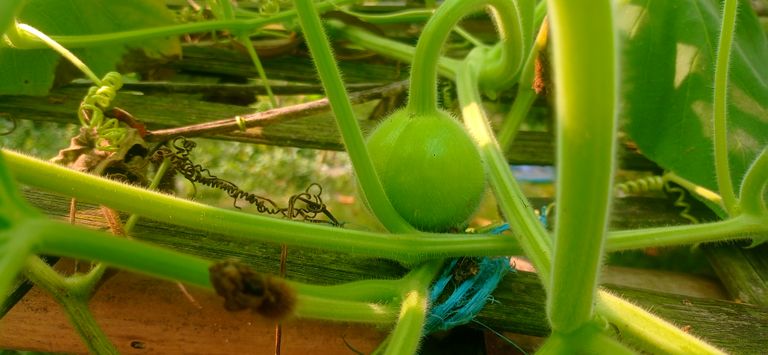
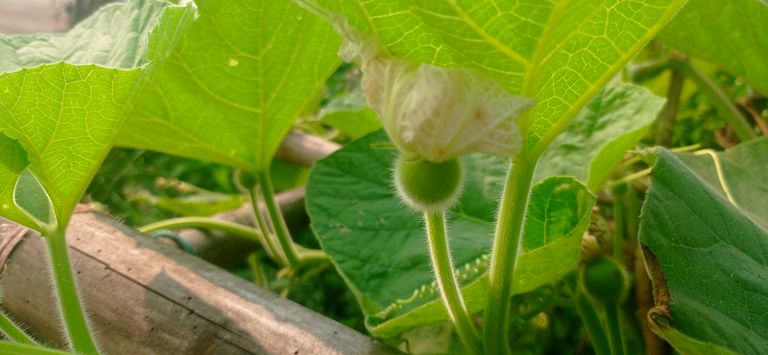
The ideal environment for cultivating desi gourd is a warm climate with temperatures ranging from 25°C to 35°C, which is typical of tropical and subtropical regions. It thrives in well-drained, fertile soils with a pH level of 6 to 7.5. The gourd requires full sunlight for healthy growth and should be grown during the summer or rainy seasons when the weather conditions are optimal.
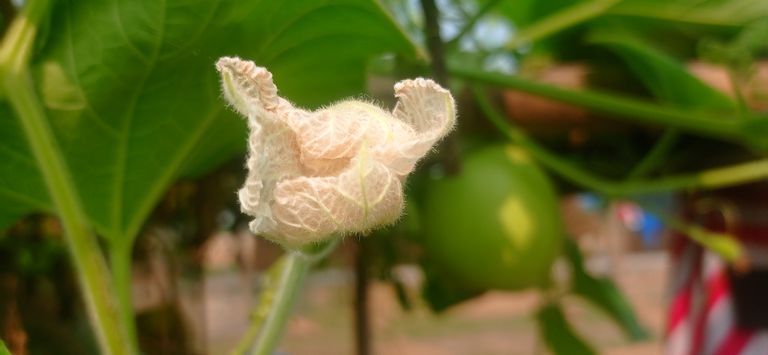
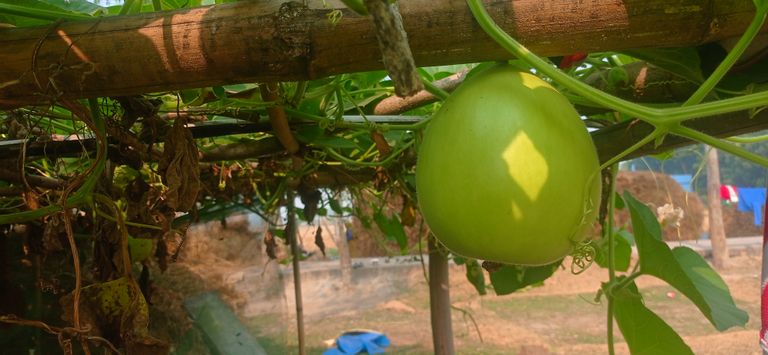
Desi gourd is commonly propagated from seeds, which are sown directly into the soil. Prior to sowing, the soil should be prepared by tilling it to a fine texture and incorporating organic manure to improve soil fertility. The seeds are typically sown in rows, with a spacing of about 1 meter between each row and 60 cm between plants. This ensures enough space for the vines to spread and for optimal growth. The seeds should be planted about 2-3 cm deep.
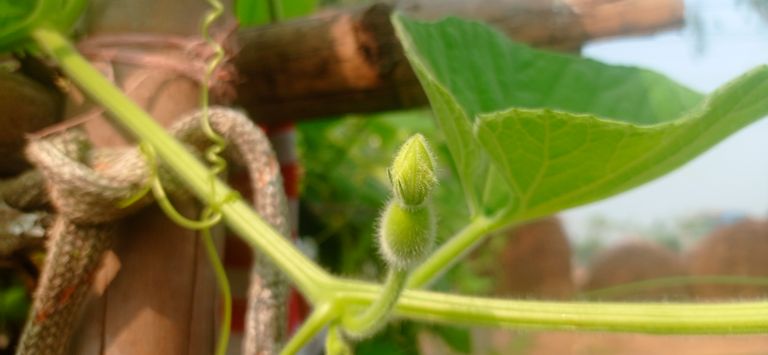
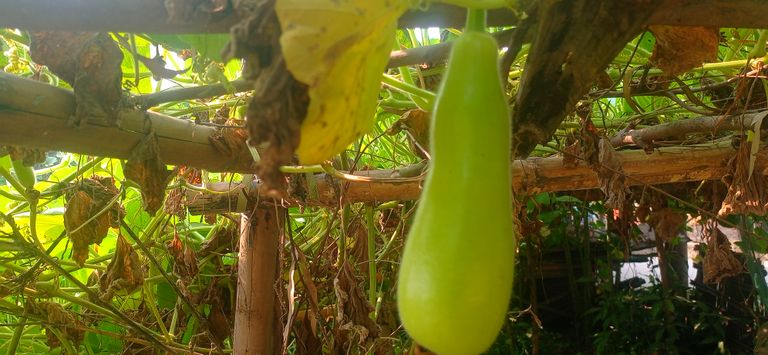
Watering is crucial for desi gourd cultivation. Initially, frequent watering is necessary for germination and seedling establishment. Once the plants mature, moderate irrigation should be maintained, particularly during dry spells. However, waterlogging should be avoided as it can lead to root rot and other diseases. Fertilization is also essential, with nitrogen, phosphorus, and potassium fertilizers applied in balanced amounts. Organic manure or compost should be added to improve soil health and promote better yield.
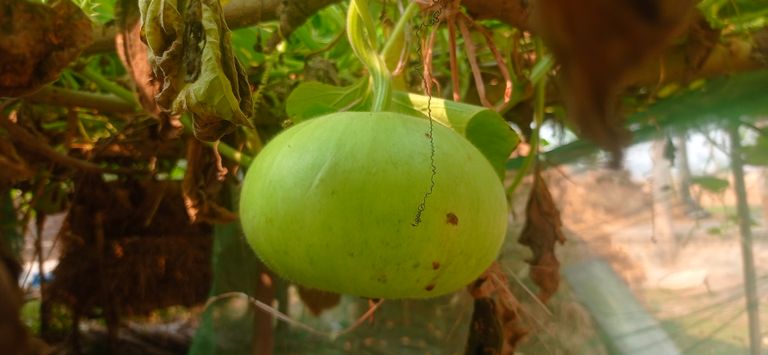
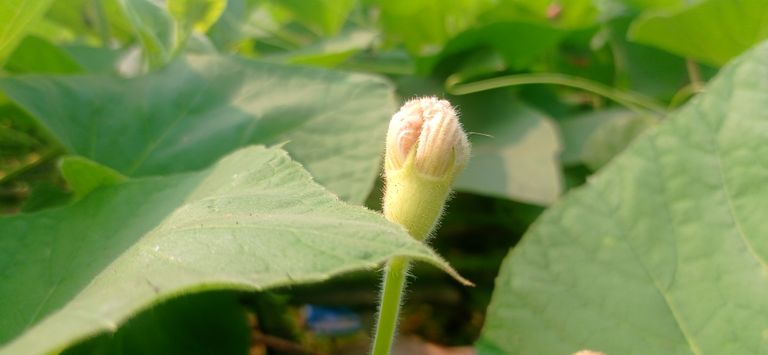
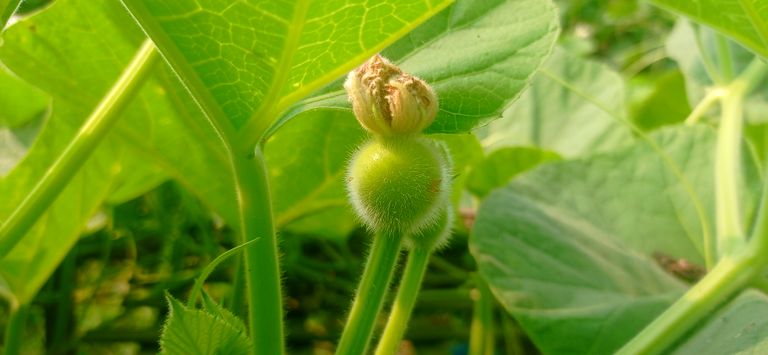
Desi gourd plants are vine crops, and their growth habit requires support structures such as trellises or fences to help the vines climb. Regular pruning of the plants helps in controlling excessive growth and enhances fruiting. It is also important to monitor for pests and diseases, such as powdery mildew, aphids, and caterpillars, which can damage the plants and reduce yield. Integrated pest management practices can be used to control these issues.
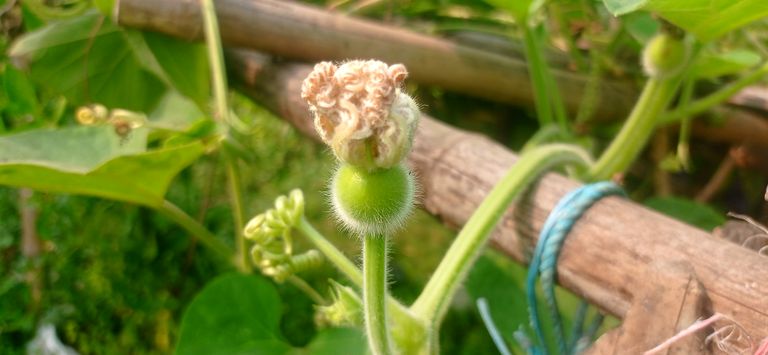
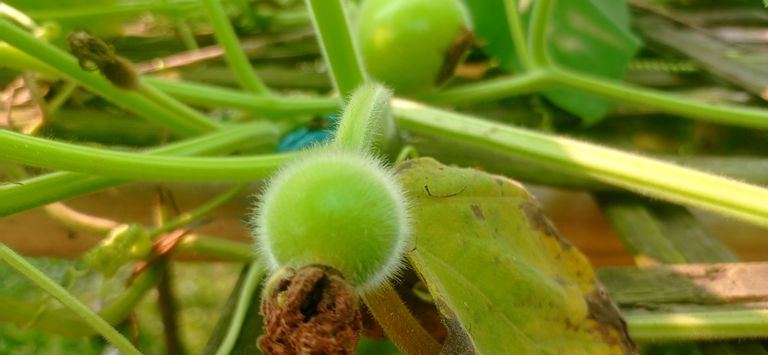
The yield of desi gourd depends on several factors, including the variety, soil health, climate, and the care given to the plants. On average, a well-managed field can yield between 15 to 30 tons of desi gourd per hectare. Early harvesting is done when the gourds are tender and suitable for vegetable consumption, while mature gourds are harvested when the skin hardens and they can be stored for longer periods.
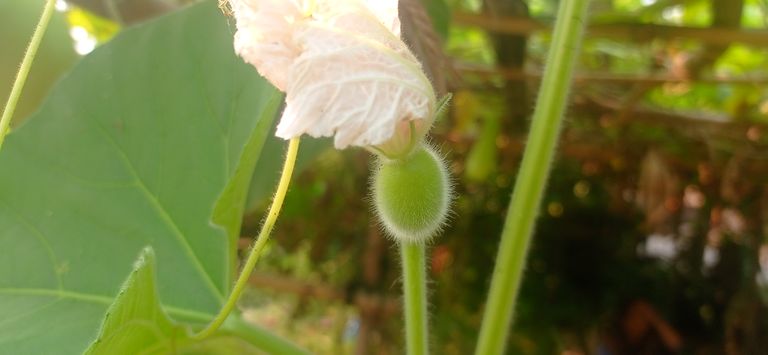
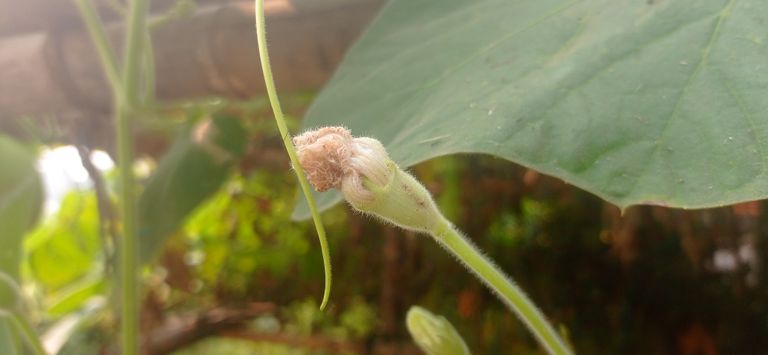
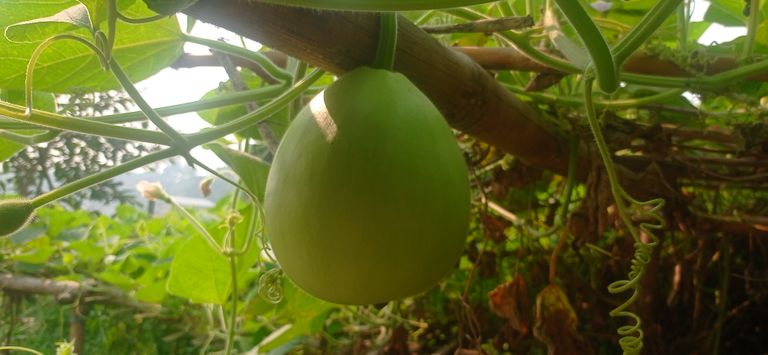
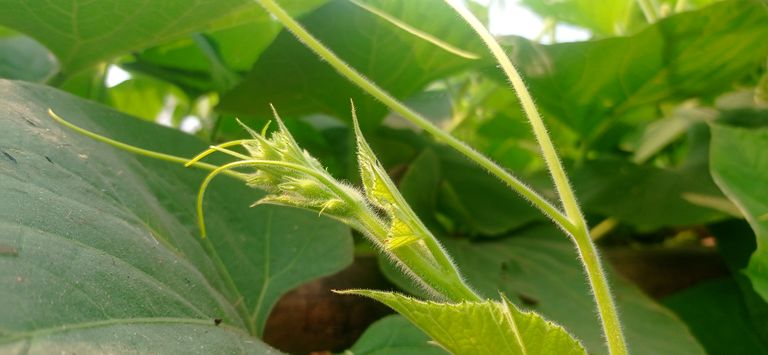
In conclusion, desi gourd cultivation is a rewarding agricultural practice that requires attention to soil management, irrigation, pest control, and climate conditions. With proper care, it can yield abundantly and contribute significantly to the food and medicinal needs of many communities.
(Agro bro video credit)
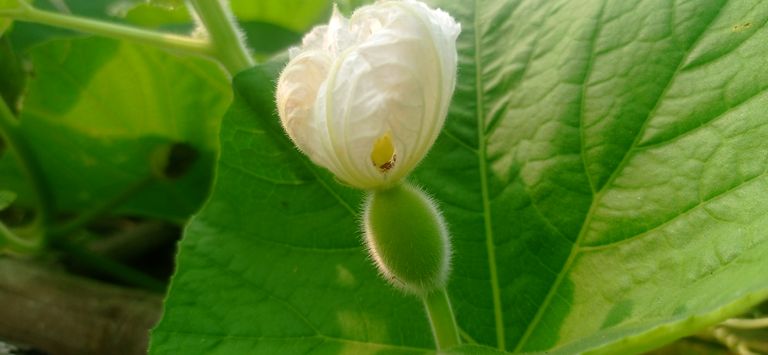
thanks for visit my blog see you again a new blog.